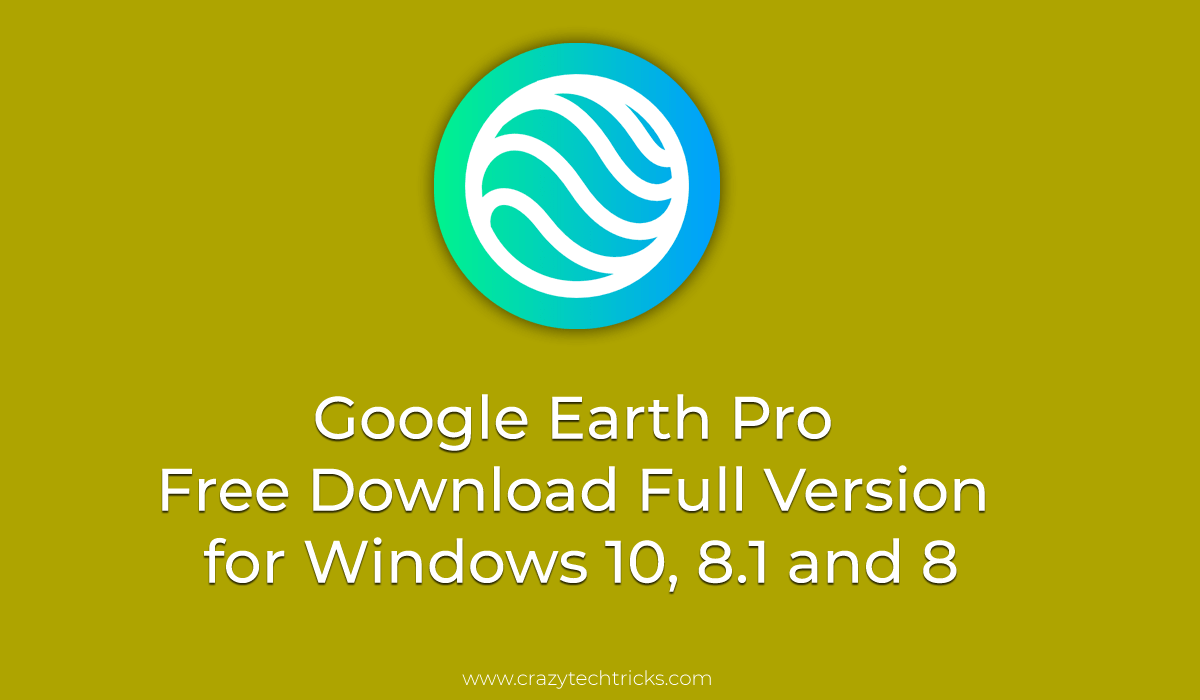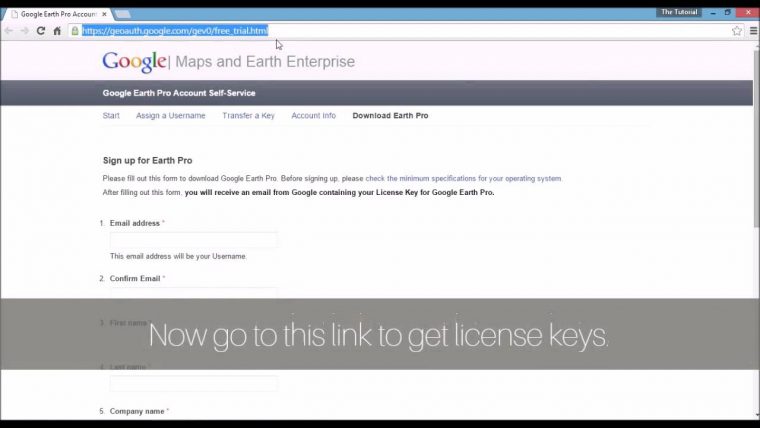

If you don’t need the USNG, you can get by for $0.99. Not a huge sum, but $3 more than I expected to spend. I found that Solocator could meet the criteria, but the standard version, at $0.99, required an additional in-app purchase of $2.99 to enable the use of the USNG, raising the total cost to about $4. It could be especially handy for airborne firefighters. This can be very useful for firefighters to document conditions, conduct investigations, or to send near-real time intelligence to the Incident Command Post or dispatch offices. So with the thought that the wildland fire agencies will eventually begin using the USNG, I starting looking around for inexpensive, user friendly apps for smart phones.įirst I looked for an app that could take a photo and automatically superimpose the location on the image in the USNG format. It is far easier than using degrees, minutes and seconds, twice - for longitude and then again for latitude. If you know the general location already, for example on a particular wildfire, the location can be communicated with only six digits. The advantage of USNG is that it is very user friendly. You can also use longitude and latitude, or Section, Township, and Range, or one of many other systems. The USNG is a system for describing the location of a place on Earth. FEMA will encourage all fire departments to use it and the system will be included in the curriculums at the National Fire Academy.


The agency will use the USNG for deployment and tracking of resources, in their Incident Action Plans, and in NIMS-related programs, guidance, and training. The Federal Emergency Management Agency is now using the United States National Grid (USNG) as its standard geographic reference system and is encouraging its use among their partners.


 0 kommentar(er)
0 kommentar(er)
